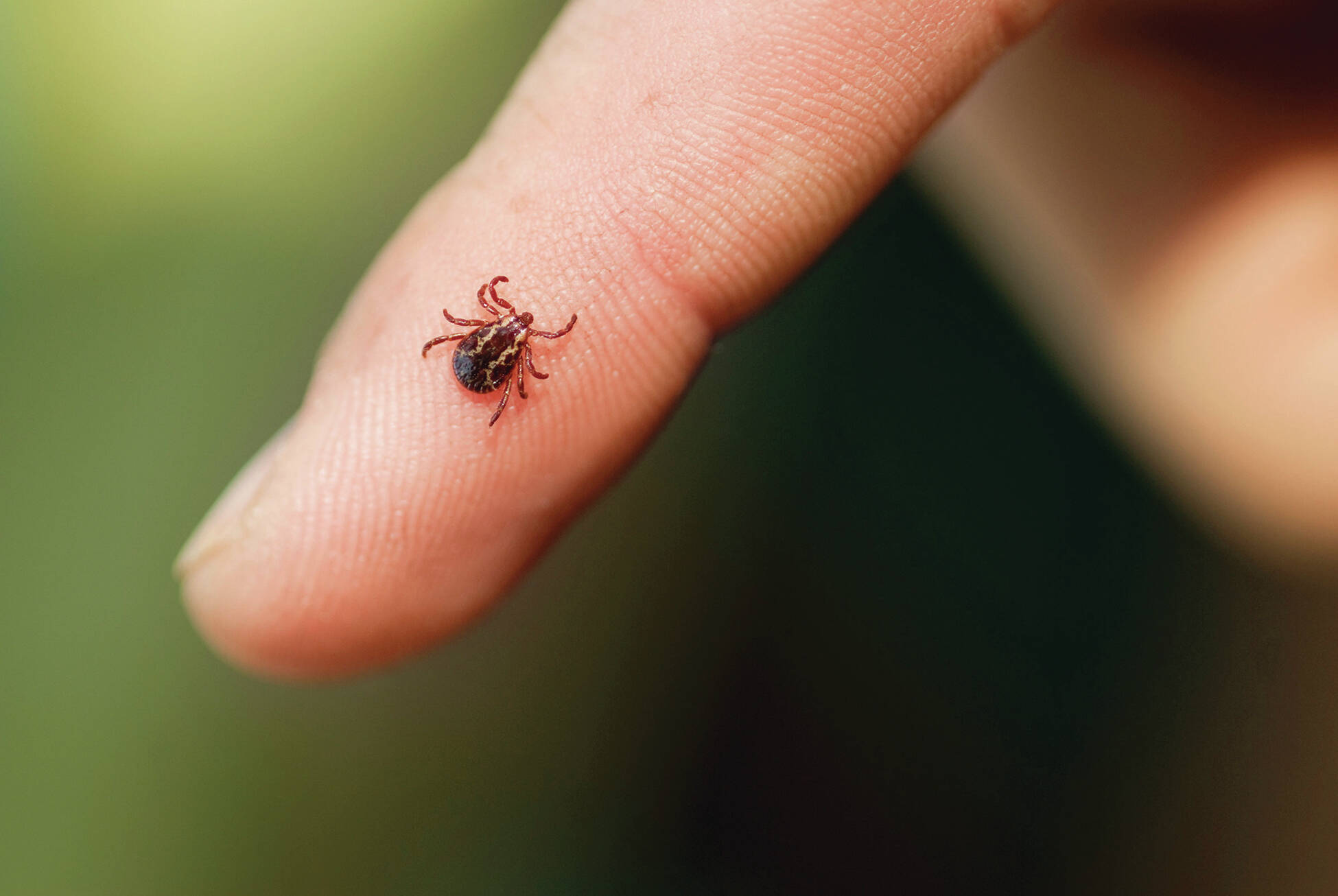For the first time in Washington state, a locally acquired case of tick-borne anaplasmosis has been reported in a human being, according to the Washington State Department of Health (DOH).
The case was discovered on Aug. 8 after a Whatcom County man was hospitalized after working in the brush of Mason County, where he was likely bitten by an infected tick. The man, who is in his 80s, is now in recovery.
In a press release, the DOH explains that, while human cases of anaplasmosis have been found in Washington in the past, “all previous cases involved travel outside of the state” and that locally acquired cases have only been diagnosed in dogs.
Anaplasmosis is a disease that usually causes “mild to moderate symptoms in people, including fever, headache, muscle aches, and nausea, vomiting or loss of appetite,” according to the DOH.
Symptoms begin one to two weeks after being bit by an infected tick, according to the DOH, and the disease treatable with antibiotics.
“Not all tick bites will cause disease,” said Dr. Scott Lindquist, the state epidemiologist for communicable diseases. “However, people across Washington are at risk for tick-borne illnesses and should take precautions to prevent tick bites.”
There is no vaccine to prevent anaplasmosis and the disease can cause severe illness for those who delay treatment or have other pre-existing medical conditions.
Anaplasmosis is caused by the bacterium Anaplasma phagocytophilum which is spread primarily through the blacklegged tick and the western blacklegged tick, the latter of which can be found in western Washington and also along the eastern slope of the Cascade mountain range. Previously, the amount of blacklegged ticks found in Washington have been very low.
The DOH recommends these precautions to protect people and pets against any tick bites that could cause anaplasmosis:
- When possible, avoid wooded and brushy areas with tall grass and fallen leaves, which are where ticks typically live.
- When in tick habitats, wear light-colored clothing and long-sleeved shirts and pants, so that ticks can be more easily spotted and to help prevent them from attaching to skin.
- Apply EPA-registered insect repellants to clothing and skin, following label instructions.
- Carefully check yourself, family members, and pets for ticks after being in potential tick habitats.
- Shower soon after being outdoors to wash off any unattached ticks.
- If ticks are found, promptly remove them with fine-tipped tweezers, then clean the area with antiseptic.
For more information, visit doh.wa.gov.



